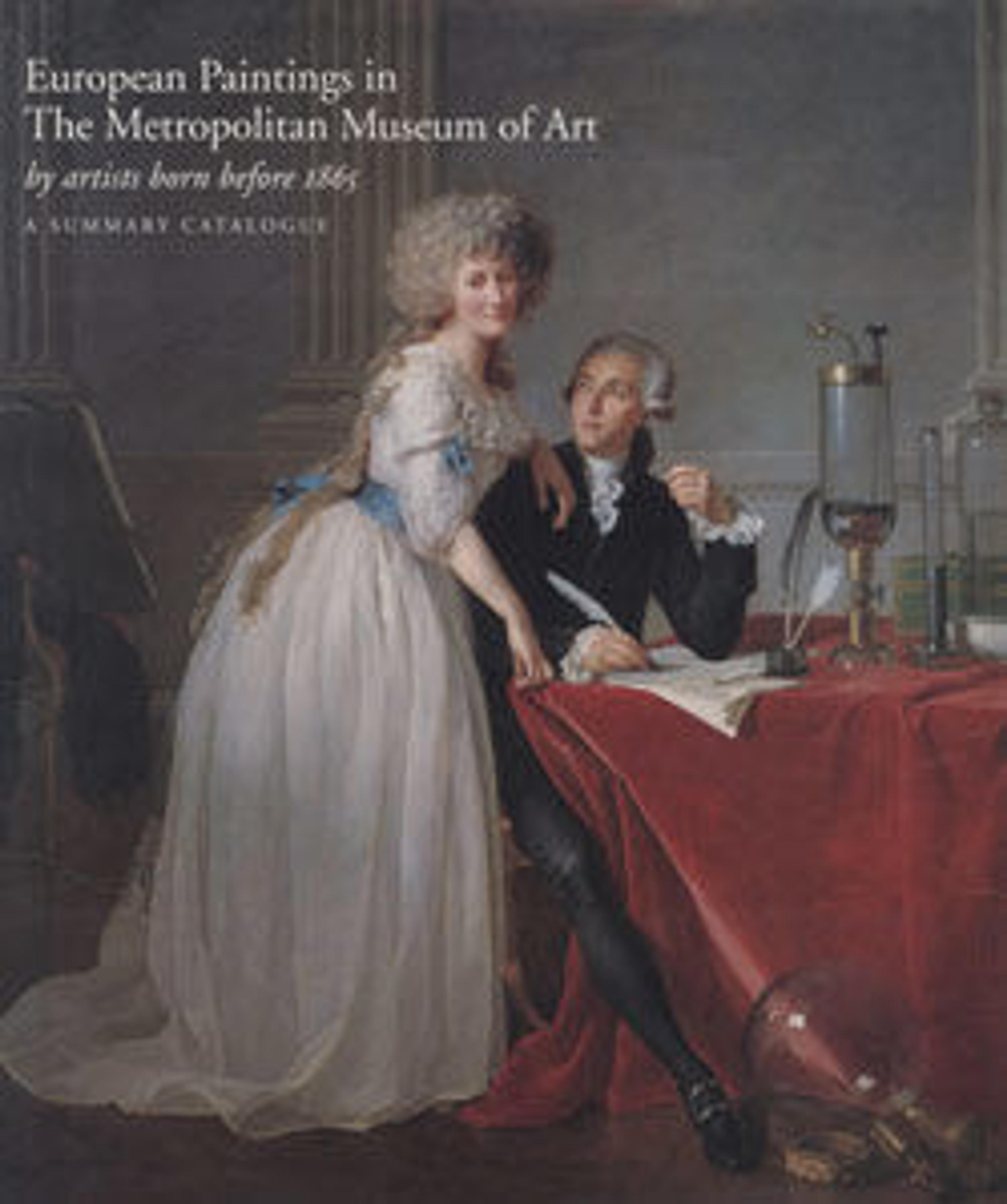Porte de la Reine at Aigues-Mortes
During the late spring of 1867 Bazille visited the town of Aigues-Mortes near his family home in Montpellier. Hoping for "at least eight beautiful days," he set himself the challenge of painting "absolutely simple" landscapes of the city and surrounding marshes. Of the artist’s three known views of the area, this is the only one to show the massive medieval walls of Aigues-Mortes from up close. It also displays the most striking light effects: the southern sun shines brightly through the archway, contrasting with the afternoon shadows that envelop the grazing Camargue pony and the figures in the foreground.
Artwork Details
- Title:Porte de la Reine at Aigues-Mortes
- Artist:Jean-Frédéric Bazille (French, Montpellier 1841–1870 Beaune-la-Rolande)
- Date:1867
- Medium:Oil on canvas
- Dimensions:31 3/4 x 39 1/4 in. (80.6 x 99.7 cm)
- Classification:Paintings
- Credit Line:Purchase, Gift of Raymonde Paul, in memory of her brother, C. Michael Paul, by exchange, 1988
- Object Number:1988.221
- Curatorial Department: European Paintings
More Artwork
Research Resources
The Met provides unparalleled resources for research and welcomes an international community of students and scholars. The Met's Open Access API is where creators and researchers can connect to the The Met collection. Open Access data and public domain images are available for unrestricted commercial and noncommercial use without permission or fee.
To request images under copyright and other restrictions, please use this Image Request form.
Feedback
We continue to research and examine historical and cultural context for objects in The Met collection. If you have comments or questions about this object record, please contact us using the form below. The Museum looks forward to receiving your comments.
